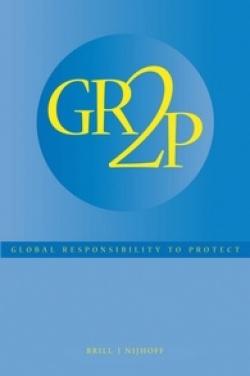On Power and Norms: Libya, Syria and the Responsibility to Protect

In 2011 the United Nations Security Council legitimized a no-fly zone over Libya under the normative rubric of the ‘responsibility to protect’. As the Libya intervention gained steam, another uprising broke out in Syria. In contrast to Libya, discord between Western actors and emerging powers underpinned standstill at the Council. What explains such radically different outcomes? The international responses to the crises in Libya and Syria may look like evidence of a tipping point in the international system which is undergoing a profound power shift. And yet the two crises unfolded almost in parallel. This article argues that while a systemic understanding of power cannot capture the dynamics underpinning the Libyan and Syrian crises, power is crucial in explaining their very different outcomes. While not revealing a tipping point in the international system from the ‘West’ to the ‘Rest’, a situated and multifaceted analysis of power reveals that both Western and brics countries played key roles in determining the overall international responses to both crises and in so doing are shaping the ongoing normative debate over the ‘Responsibility to Protect’.
-
Details
in Global Responsibility to Protect, Vol. 8, No. 1 (2016), p. 51-75 -
ISBN/ISSN/DOI:
10.1163/1875984X-00801004
Introduction
Libya and Syria on Opposite Ends of the R2P Spectrum
The International Response to Libya and Syria: A Power Analysis
Conclusion
Topic
Tag
Related content
-
Publication24/05/2014
On Power and Norms
leggi tutto


